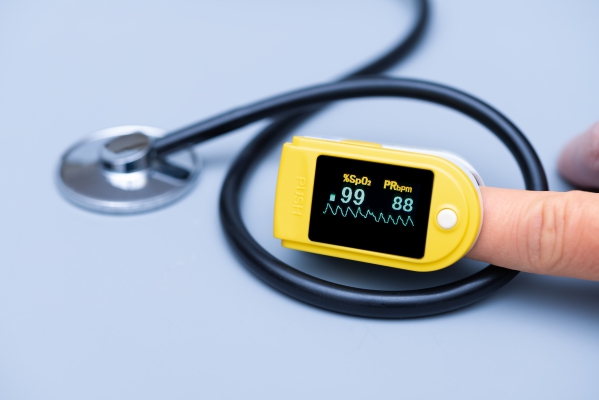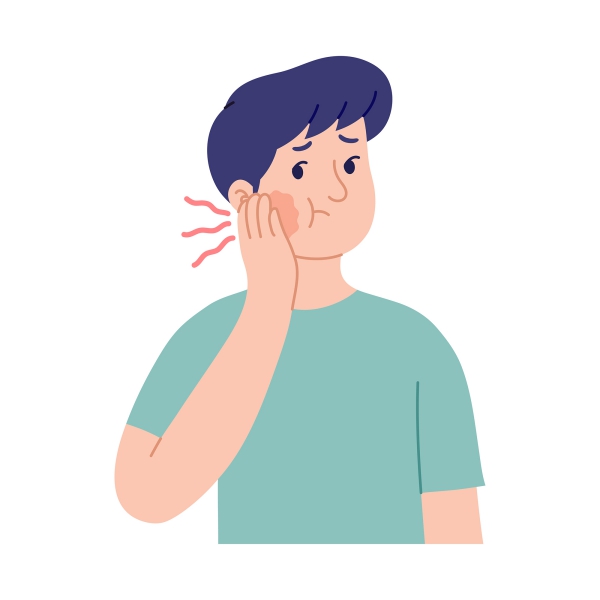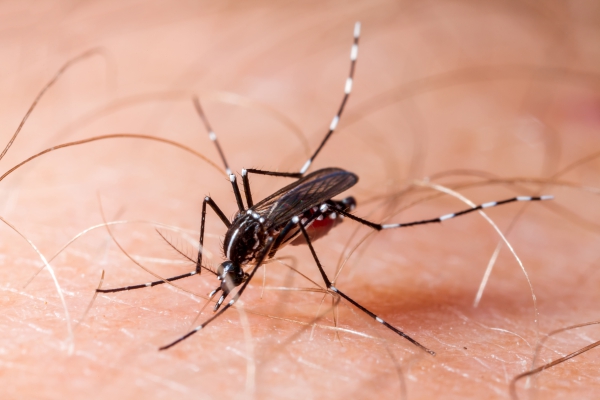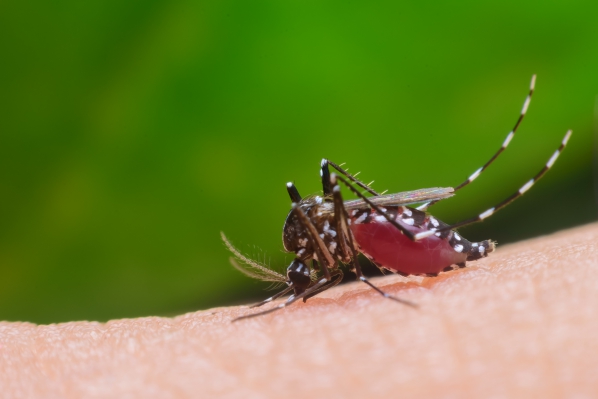What is croup?
Croup is an infection of the upper airways- the larynx (voice box), trachea (windpipe) and bronchi- which obstructs the airway causing a characteristic barking cough. This type of cough arises when the airway is narrowed due to swelling around the upper airways. Croup is often associated with fever as well. The infection is mainly caused by viruses such as parainfluenza virus which is transmitted either by coughing and/or sneezing, or by contaminated objects with subsequent touching of the eyes, nose and/or mouth.
Croup is the most common illness affecting children which causes stridor- a high-pitched, wheezing sound during inspiration caused by an obstruction to airflow. This condition mainly affected children aged between 6-36 months. Males are more commonly affected than females. Croup occur most often in early winter and late fall but may occur at any time of the year.
What are the causes of croup?
The parainfluenza virus is the most common cause of croup. It lead to the swelling of the larynx and trachea. In addition, it may sometimes extend to affect the bronchi as well. The nose is usually affected first and then the infection spreads to the larynx and trachea. Furthermore, bacterial infection of the upper airways may occur at the same time of the viral infection which leads to a more severe condition. However, this occurs rarely.

Other viruses may also cause croup-like illnesses and these include:
- Respiratory syncytial virus (RSV)
- Adenovirus
- Coronavirus
- Enterovirus
- Rhinovirus
- Influenza A and B

What are the signs and symptoms of croup?
The signs and symptoms of croup include:
- Loud barking cough- This characteristic cough occurs due to obstruction of the upper airways. The obstruction occurs when the surrounding tissues around the upper airways are swollen.
- Fever- The fever associated with croup is usually low grade (38-39°C) but may sometimes exceed 40°C.
- Runny nose
- Sore throat
- Hoarseness of voice
- Inspiratory stridor
- Breathing difficulty
- Rash
- Conjunctivitis- Inflammation of the eye causing eye redness.
- Swollen lymph nodes
- agitation
The inspiratory wheeze may become apparent only during crying, activity or agitation in certain cases. In addition, in severe cases of croup, the child may have a quiet stridor which indicates a significant degree of airway obstruction.
In severe cases of croup, chest retraction may be visible which will indicate that the child is having difficulty breathing. Chest retraction is the inward movement (sucking in) of the breast bone (sternum) or skin between the ribs when the child is struggling to take a breath.

Lethargy may occur as a result of decreased oxygen level and an increased carbon dioxide level in the blood.
Respiratory arrest may occur during severe episodes of coughing. Other signs of severe respiratory distress include an increased heart rate, breathing rate and loss of muscle tone. Dehydration may occur of the child cannot maintain adequate oral intake.
There are other conditions which may cause signs and symptoms similar to croup and these include:
- Retropharyngeal abscess
- Spasmodic croup
- Angioedema
- Allergic reaction
- Vocal cord paralysis
- Laryngeal and subglottic hemangioma
- Uvulitis
- Bacterial tracheitis
- Measles
- Inhalation injury
- Airway foreign body
- Paediatric diphtheria
- Paediatric peritonsillar abscess
- Paediatric mononucleosis
- Paediatric epiglottitis
Making a diagnosis
To make a diagnosis, your doctor will take a full history from you to know more about the symptoms of you child. After the history taking, your doctor will perform a thorough physical examination to look for signs of croup. This condition can be diagnosed using only a good history taking and physical examination. Pulse oximetry- a device that is place on your finger to measure the amount of oxygen in your blood- are usually within normal range. However, it may be useful to assess the need for supplemental oxygen and to detect when the respiratory distress is worsening. In complicated cases. A plain radiograph of the soft tissues of the neck may be taken to confirm the diagnosis. However, in 50% of cases, no evidence may be seen on plain radiographs.


What are the treatments of croup?
The treatment option of croup depends on the severity of the respiratory distress. Mild croup can be treated in the following ways:
- Take an antipyretic such as acetaminophen or a non-steroidal anti-inflammatory drug (NSAID) such as ibuprofen to treat the fever.
- Adequate oral intake.
- Avoid smoking inside the house as passive smoking can affect your child’s cough.
- Parents should be in close proximity to the child during the night so that immediate assistance can be given if necessary.
Moderate to severe croup may require hospitalisation and the following medications may be used:
- Corticosteroids: Corticosteroids are anti-inflammatory drugs which are useful in decreasing the laryngeal edema (swelling of the larynx). This drug can be given either intramuscularly or orally. Examples include dexamethasone and prednisolone. In addition, dexamethasone is more efficient in the treatment of croup than prednisolone due to its potency. However, corticosteroids use should be closely monitored in people who have diabetes mellitus, tuberculosis, varicella or has a reduced immune system.
- Epinephrine: This medication is used in people who have respiratory distress. It works by decreasing laryngeal edema and increasing the size of the airway. Its effectiveness is immediate and last for 1-2 hours.

Expectations (prognosis)
The signs and symptoms of croup usually resolves within 2-7 days. Only 5% of children require hospitalisation and complications of croup are uncommon. There are no vaccines for croup but simple hand hygiene measures such as frequent hand washing and use of alcohol-based hand rubs can be helpful in preventing croup.
Source:
J. Alastair, I. and Simon, M., 2016. Davidson's Essentials of Medicine. 2nd ed. London: ELSEVIER.
Parveen, K. and Michael, C., 2017. Kumar & Clarks Clinical Medicine. 9th ed. The Netherlands: ELSEVIER.
Woods, C., 2021. Croup in infants and children.









